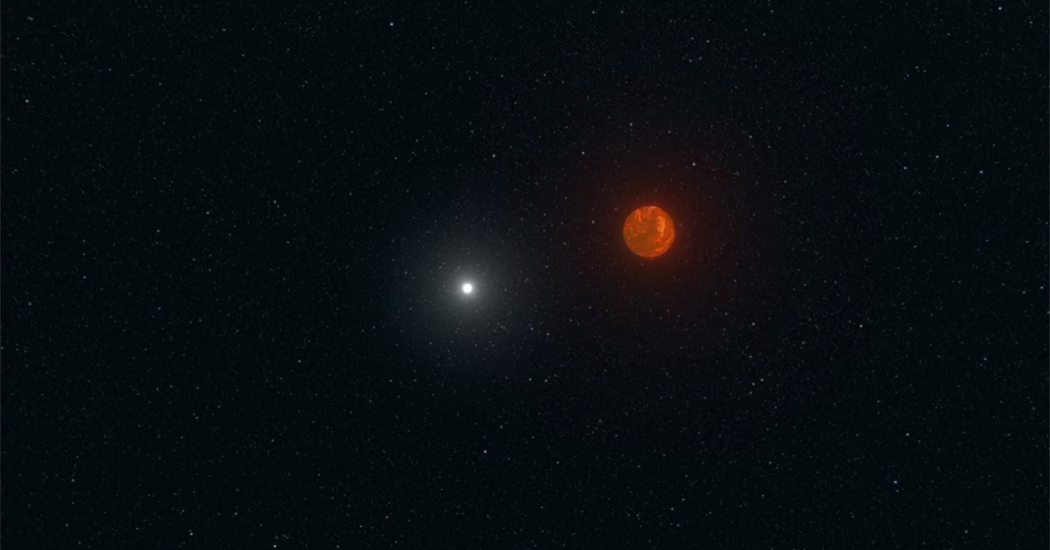The so-called hypervelocity object, which is either a low-mass star or a brown dwarf, is traveling through the Milky Way at around a million miles an hour.
In his spare time, Tom Bickle, an astronomy student in Southampton, England, likes to blast heavy metal while combing through time-lapses of the night sky, hunting for traces of a hypothesized ninth planet and other hidden objects lurking in the outskirts of our solar system.
It was on one such occasion that he stumbled across something strange: a faint blob moving across his computer screen.
“I knew immediately that it was unusual,” Mr. Bickle said.
Professional astronomers followed up on the observation. The object is either a low-mass star or an object known as a brown dwarf, and it is hurtling through space at a million miles per hour. At that speed, it could be traveling fast enough to break free from the gravitational clutches of the Milky Way.
“It was right when that number came out that we realized we had something spectacular,” said Adam Burgasser, a physicist at the University of California, San Diego who led a study of the observation published this month in The Astrophysical Journal Letters. “We were very excited.”
The discovery has the potential to shed light on the oldest — and some of the fastest — stars in our galaxy, known as halo stars.
“One of the ways we find old stars is that we know they’re moving in very strange orbits,” Dr. Burgasser said. Most stars in the vicinity of our sun orbit around the disk of the Milky Way in a circle. But halo stars often have trajectories that are ovular, or tilted away from the galactic plane.
